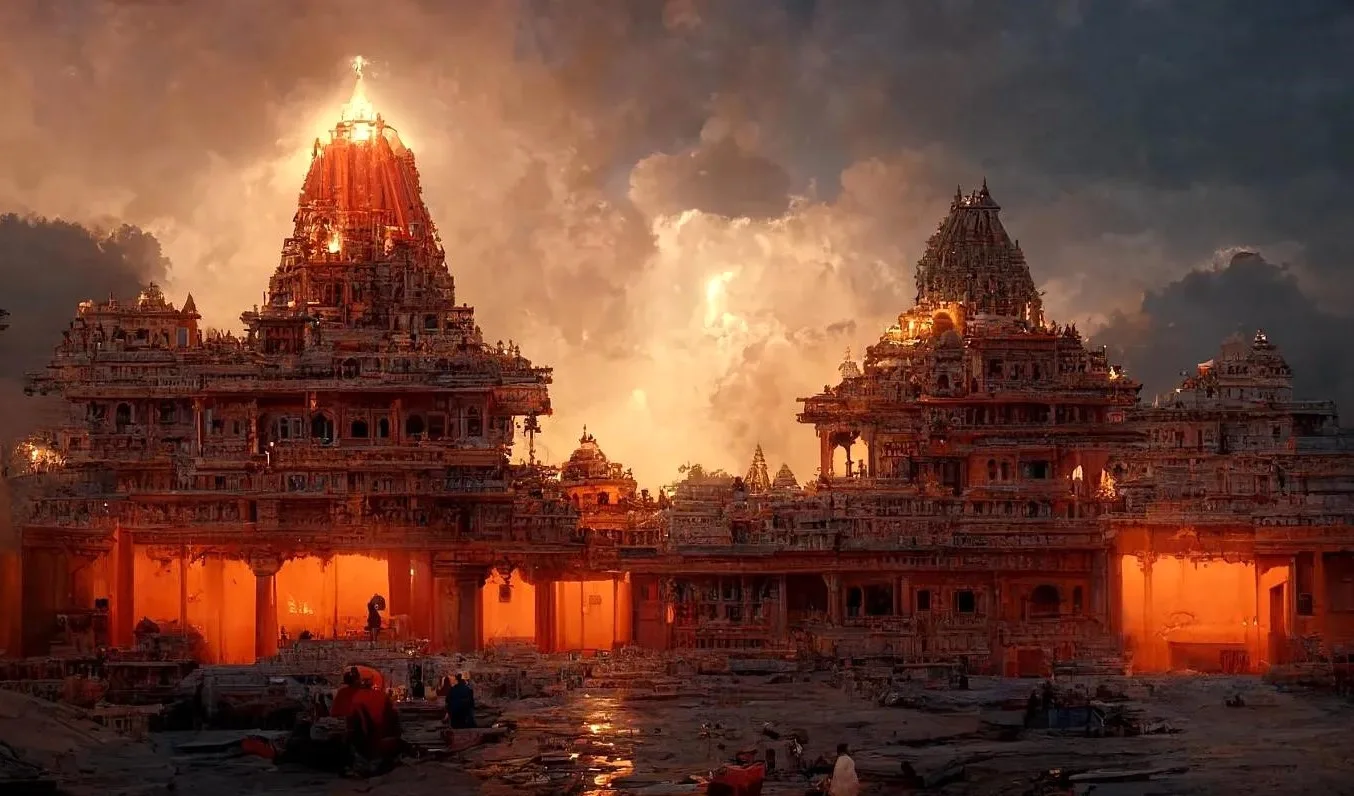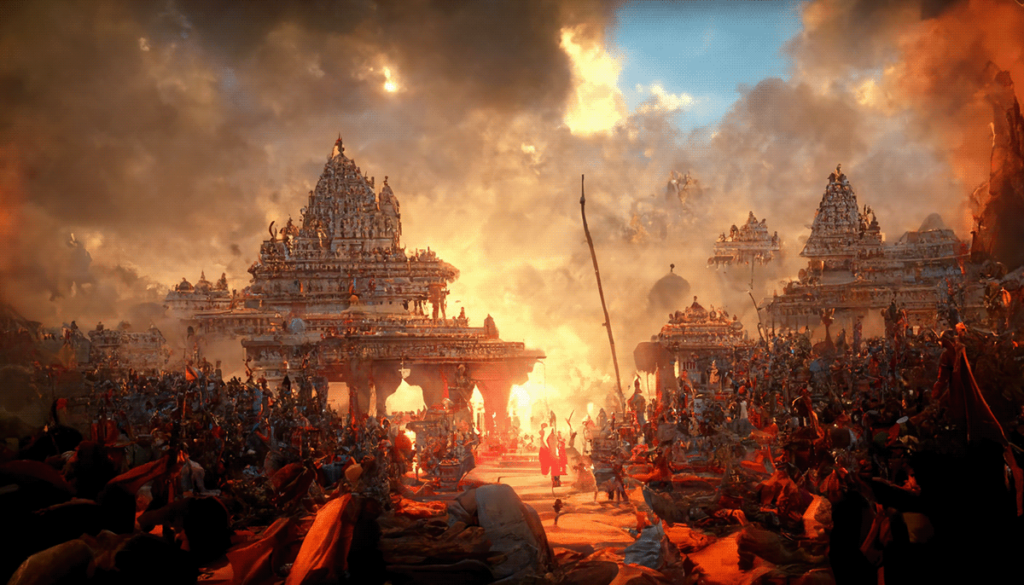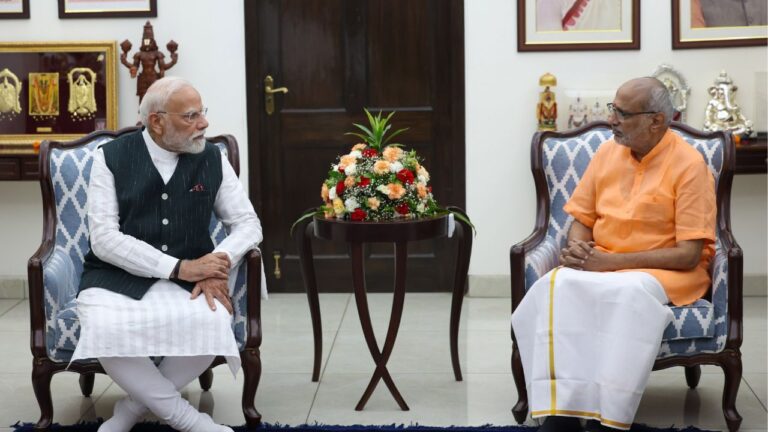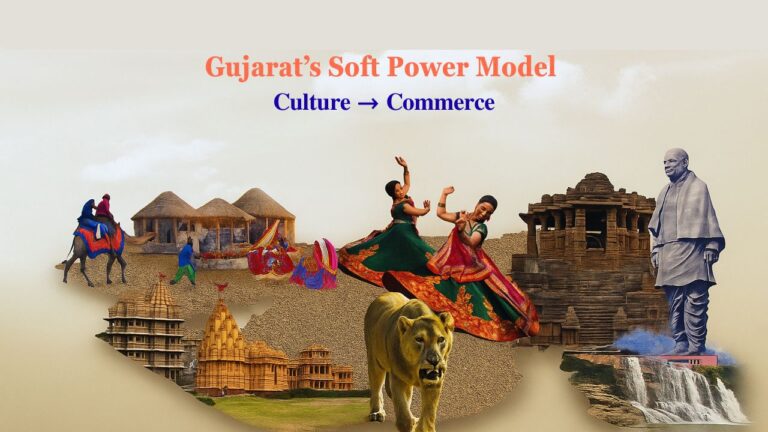
Spiritual Tourism: Soaring Rise of Temple Journeys Competing with Beach Vacations (Image Credit-Ari)
Tourism in India is often divided into two categories: beach tourism and mountain tourism. But there is one new contender that can’t be ignored: temple tourism. Over the past few years, India’s religious and spiritual tourism has seen a huge increase in tourists. In this article, we’ll take a look at why temple tourism is booming and how it competes with the traditional beach tourism.
Spiritual Tourism on the Rise
The surge in spiritual tourism is not a recent phenomenon. Even before the pandemic, the trend was gaining momentum. In 2022, over 60% of tourism in India fell under the religious and spiritual tourism category. Places of worship in India generated a staggering revenue of close to Rs 1.3 lakh crore in 2022, indicating the economic significance of this segment.
The number of domestic tourists undertaking pilgrimages in 2022 reached a remarkable 1,433 million, while 6.64 million foreigners visited India’s sacred sites. This represented a substantial increase from the figures in 2021, showcasing the growing popularity of temple tourism.
Rise of Branded Hotels and Premium Facilities
The surge in spiritual tourism has not gone unnoticed by the hospitality industry. Hoteliers and service providers are recognizing the potential and catering to the demands of the tourists. Branded hotels are popping up near religious sites, providing better facilities and experiences compared to traditional, spartan accommodations.
Many major hotel chains, such as Wyndham Hotels & Resorts, have expressed interest in potential opportunities in religious destinations like Ayodhya, Tirupati, Pushkar, Kashi, Rishikesh, Haridwar, Vrindavan, and Shirdi. The rise in demand for branded hotel rooms in these locations has been significant, leading to an influx of renowned hotel brands.

Millennial Participation
Contrary to what one might expect, the driving force behind temple tourism is not just the older generation. Millennials are actively participating in pilgrimage tourism, seeking spiritual experiences and traveling to religious centers. The youth’s interest in these tours has been growing rapidly, contributing to the overall surge in temple tourism.
Government’s Infrastructure Push
One of the major reasons for the boost in spiritual tourism is the government’s proactive approach in building infrastructure at religious sites. Prime Minister Narendra Modi highlighted the role of infrastructure development, ease of travel, and availability of modern facilities in attracting more tourists to spiritual destinations.
Initiatives such as the Kashi Vishwanath Dham in Varanasi and the reconstruction work at Kedarnath have significantly increased the footfall of tourists. The government has identified and proposed more than 40 tourist spots under a master plan in Ayodhya. Additionally, the development of the Buddha circuit, linking various sites related to Buddha, aims to attract both international and domestic tourists.
The Promise of the Buddha Circuit
The government’s efforts to develop the Buddha circuit have the potential to attract a large number of foreign tourists, increasing foreign exchange earnings. However, some projects under the scheme have faced delays due to slow disbursal of funds and poor monitoring.
The number of foreign tourists to Buddhist destinations in India has slightly declined compared to other Buddhist countries like Sri Lanka and ASEAN. The Niti Aayog report suggests that improving public infrastructure and tourist facilities, providing multilingual guides, and enhancing online marketing could attract more foreign tourists to Buddhist sites.
Conclusion
Temple tourism has emerged as a strong competitor to beach tourism in India. The surge in spiritual tourism can be attributed to factors such as the growing interest of millennials, the rise of branded hotels and premium facilities, and the government’s focus on infrastructure development. With ongoing efforts to promote the Buddha circuit and enhance tourist experiences, temple tourism is expected to continue its upward trajectory, providing travelers with unique and enriching experiences.






